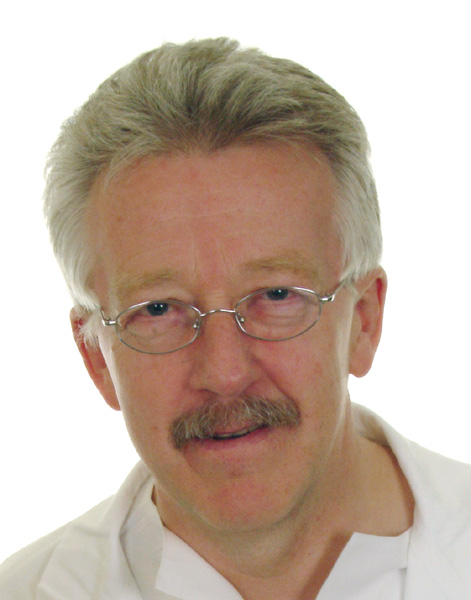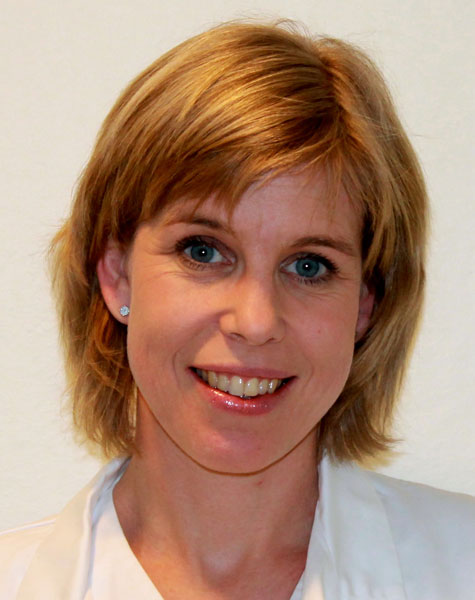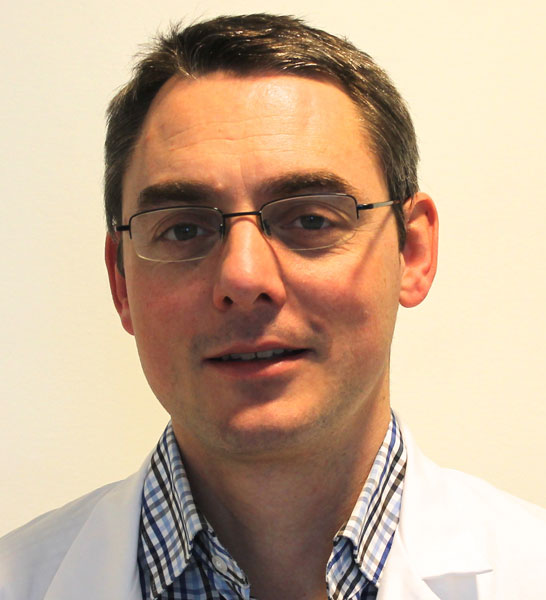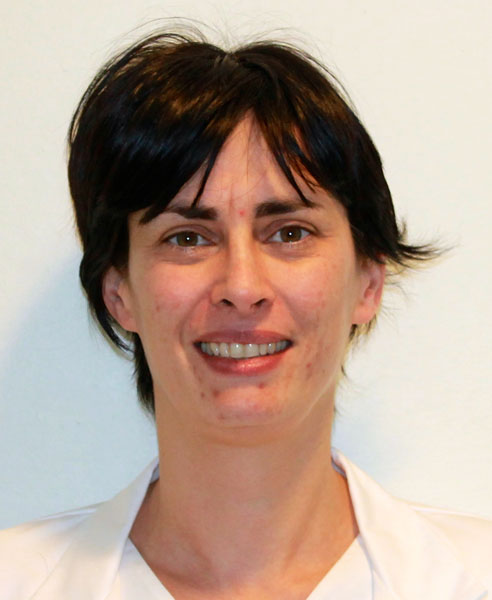We will be at CIMT 2018!
CD4 T-cell based immunotherapy of cancer
Pierre Dillard1, Sylvie Pollmann1, Nadia Mensali1, Solrun Melkorka Maggadottir1, Marit R. Myhre1, Gustav Gaudernack2, Gunnar Kvalheim1, Sébastien Wälchli1, Else M Inderberg1
1Department of Cellular Therapy, 2Department of Cancer Immunology, Oslo University Hospital-The Norwegian Radium Hospital, Oslo, Norway
Whereas cellular anti-tumour immune responses have typically been attributed to CD8 T cells, CD4 T cells play a critical role in tumor elimination and the priming and maintenance of CD8 T-cell responses. CD4 T cells can modulate CD8 T-cell migration and produce cytokines that directly impact exhausted CD8 T cells. Furthermore, CD4 T cells activate innate cells such as macrophages and NK cells to contribute to anti-tumour responses.
The use of MHC class II-restricted CD4 T cells for adoptive immunotherapy has been limited due to i) a lack of well-characterized shared tumour antigens presented by MHC class II ii) the majority of tumour cells being class II negative and therefore not directly presenting antigen to CD4 T cells.
We have isolated CD4 T cells reactive against tumour antigens from patients who experienced clinical benefit from treatment with cancer vaccines targeting universal tumor antigens and frequent neoantigens. Strong T-cell responses correlated with enhanced survival and tumour regression in such late stage cancer patients. These HLA class II-restricted T-cell clones recognised target cells loaded with long peptides or protein and some CD4 T-cell clones could also directly recognize tumour recognition.
TCRs were isolated and expressed in donor T cells, we found that they were functional in both CD4 and, surprisingly, in CD8 T cells producing TNF-α and IFN-γ with the capacity of target cell killing. Our preliminary in vivo data indicate that TCR recognizing the universal antigen, hTERT could control MHC-II tumour growth.
We believe that combining HLA class I- and class II-restricted TCRs for T-cell redirection may provide a more potent therapeutic effect in adoptive T cell therapy. HLA class II-restricted TCRs may additionally have direct therapeutic value both in haematopoietic malignancies and in melanoma where tumour cells frequently express HLA class II. Importantly, CD4 T cells and HLA class II TCRs therefore have the potential to orchestrate broad and long-lasting immune responses that enable cancer control.
Preclinical development of CD37CAR T-cell therapy for treatment of B-cell non-Hodgkin lymphoma
Sektioglu I.M.1, Köksal H.1, Josefsson S.E.2,3, Dillard P.1, Maggadottir S.M.1, Fåne A.1, Nuvin Blaker Y.2,3, Beiske K.4, Huse K.2,5, Kolstad A.6, Holte H.6, Kvalheim G.1, Smeland E.B.2,3, Myklebust J.H.2,3, Inderberg E.M.1, Wälchli S.1
T cells modified to express chimeric antigen receptor (CAR) targeting CD19 have produced remarkable clinical responses in patients with relapsed/refractory B-cell acute lymphoblastic leukemia (B-ALL). CD19CAR T-cell therapy has also demonstrated prominent effects in B-NHL patients. However, a subset of patients who relapse after CD19CAR T-cell therapy have outgrowth of CD19-negative tumor cells. Hence, development of alternative CARs targeting other B-cell markers represents an unmet medical need for B-ALL and B-NHL. We confirmed previous data showing that CD37 is widely expressed across multiple subtypes of B-NHL. A second generation CD37CAR was designed from a therapeutically validated anti-CD37 antibody, and its efficacy in T cells was compared to that of CD19CAR. In vitro assessment of cytotoxicity and T-cell function upon co-culture of the CAR T cells with 9 different target B-NHL cell lines demonstrated comparable efficacy between the two CARs when both CD37 and CD19 were expressed. In an aggressive B-NHL xenograft model, CD37CAR T cells were as potent as CD19CAR T cells and significantly prolonged survival. Interestingly, in a second xenograft model, using U2932 lymphoma cells containing a CD19-negative subpopulation, CD37CAR T cells efficiently eradicated tumors and cured the mice while CD19CAR T cells had no effect. We finally showed that CD37CAR recognition was restricted to the B-cell lineage. Thus, CD37CAR T cells effectively eradicate B-NHL tumors, also when CD19 antigen expression is lost. Further development of CD37 CAR therapy in exploratory studies for patients with relapsed and refractory B-NHL is warranted.
Pre-clinical validation of a TCR redirected universal NK cell line
N Mensali1, P Dillard1, M Hebeisen2,T Theodossiou3, MR Myhre1, A Fåne1, G Skorstad1, G Gaudernack4, G Kvalheim1, JH Myklebust4,5, EM Inderberg1 and S Wälchli1,*
Adoptive transfer of T-cell receptor (TCR)-engineered T cells relies on modifying the patient’s own T cells ex vivo and re-injecting them. The infusion of T cells in a tailor-made setting involves two costly steps: isolation by leukapheresis and transformation of the cells to redirect them. In some cases the manufacturing time might be longer than the life expectancy of the patient. A way to overcome the preparation of the patient’s own T cells is to use ready-made cells. We used the FDA approved Natural killer (NK) cell line, NK-92, and turned it into a T cell by expressing the CD3 signaling complex. This cell line, called Universal Killer (UK)-92 was transfected with therapeutic TCR and shown to mimic redirected killer T cells phenotypically and functionally. Indeed, UK-92-TCR formed what resembled immunological synapses on peptide MHC (pMHC) substrate. In addition, it could be specifically triggered by pMHC to kill a target and release cytokines. Interestingly, UK-92-TCR also adapted their metabolism after TCR clustering. These data clearly suggest that NK cells possess the entire attribute to respond to TCR stimulation. Finally, we show that in a mouse xenograft model, UK-92-TCR could control the tumour growth in a TCR-dependent manner. Taken together, our method provides an innovative means to indefinitely produce TCR-redirected lymphocytes at lower cost and with similar therapeutic value as redirected T cells.
“Built-in” PD-1 Blockade: a strategy to counteract inhibition of effector cells for adoptive cell cancer therapy
Nadia Mensali, Hakan Köksal, Pierre Dillard, Gustav Gaudernack, Gunnar Kvalheim, Else Marit Inderberg and Sébastien Wälchli
Tumor elimination depends on the ability of the immune effector cells to persist, proliferate and function optimally in the immunosuppressive tumour microenvironment. Although CAR and TCR based immunotherapies have shown great clinical potential, some challenges remain which jeopardize the efficacy of the treatment. Effector cells naturally become exhausted and upregulate inhibitory receptors enabling tumor cells to escape the immune radar by expressing inhibitory ligands. The PD1-PDL1 axis is the most investigated pathway. We here report an engineered immune effector cells which incorporate an intrinsic PD-1 blockade that modulates the inhibitory effect of PD1-PDL1 signaling. We validate our construct in two types of effector cells; the FDA approved NK-92 cell line, plain or engineered, and in primary Tc. We assessed the effect of intrinsic PD-1 blockade by measuring cytokine production, degranulation and cytotoxicity in effector cells upon encounter with PD-L1+ tumor. Preliminary data indicate that our innovation enhanced the effector functions of NK-92 cells against PD-L1+ target cells, suggesting that engagement of our PD-1 blocker with PD-L1 inhibits the negative axis. Our results demonstrate the beneficial effect of providing effector cells with an intrinsic PD1-PDL1 blockade to counteract PD-1 exhaustion. Of importance, our PD-1 blocker did not interfere with TCR signaling and with target recognition when the target cells were PD-L1 negative. Potential advantages in using our PD-1 blocker in comparison to other strategies adopted to either block inhibitory PD-1 signal (blocking antibodies) or to convert it into co-stimulatory signal (PD1-CD28) are (i) PD-1 signaling do not modify TCR signaling; (ii) no systemic removal of PD1-PDL1 break reduces the risk of autoimmune toxicities; (iii) less cell exhaustion due to the presence of the costimulatory signaling domain (PD1-CD28). In conclusion, we present a method for increasing efficacy of T- or NK-cell based therapies and avoiding toxicity often seen in patients after antibody blockade of this pathway.




